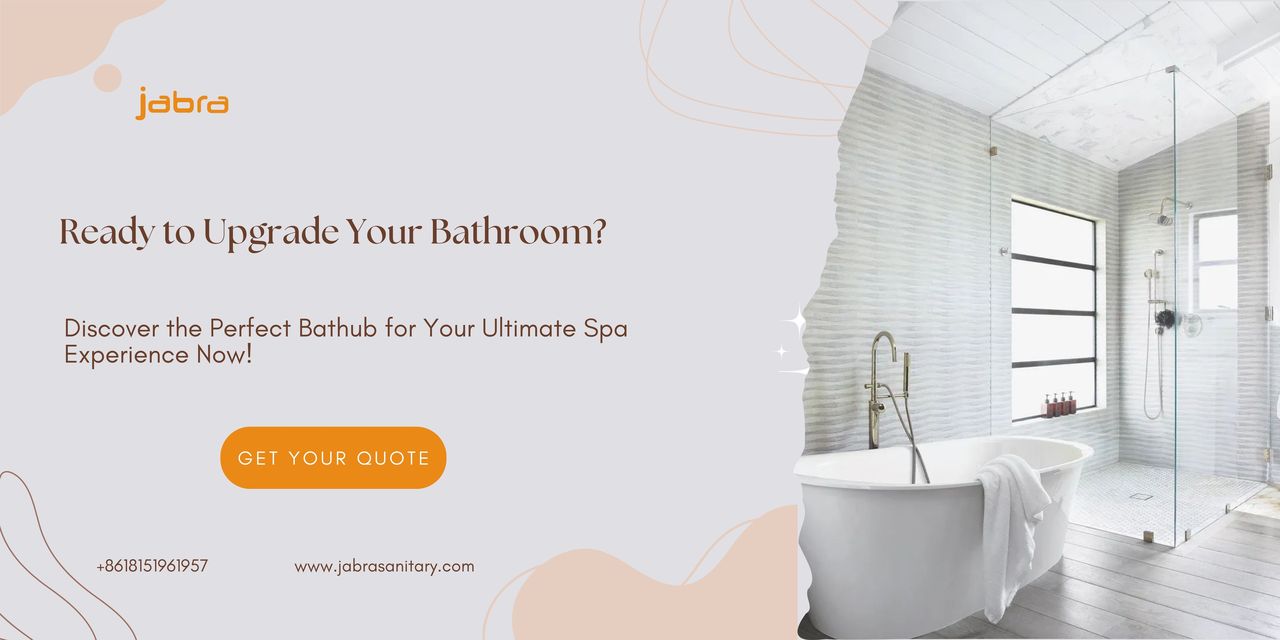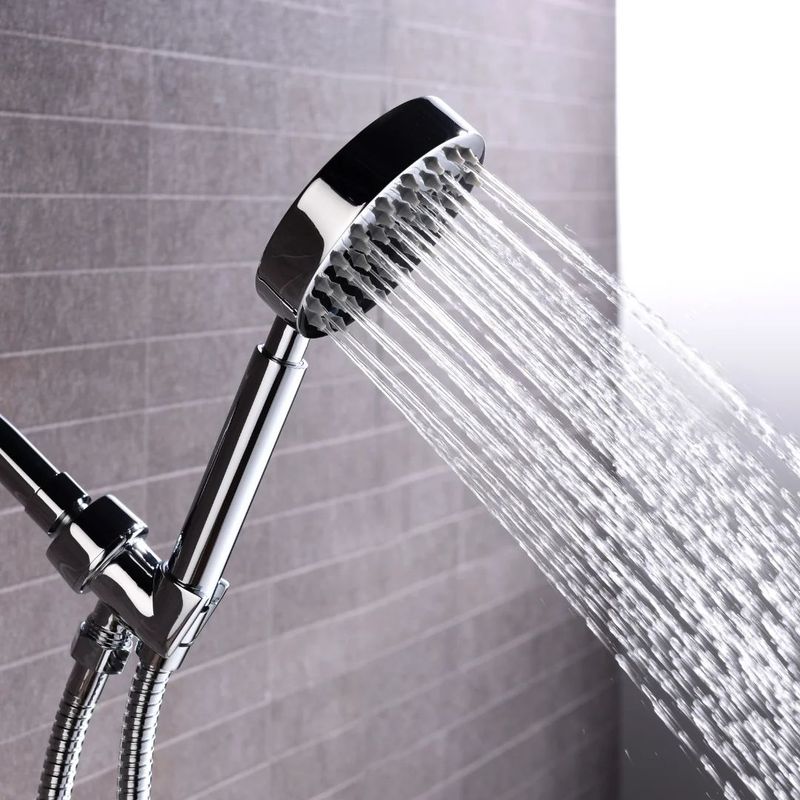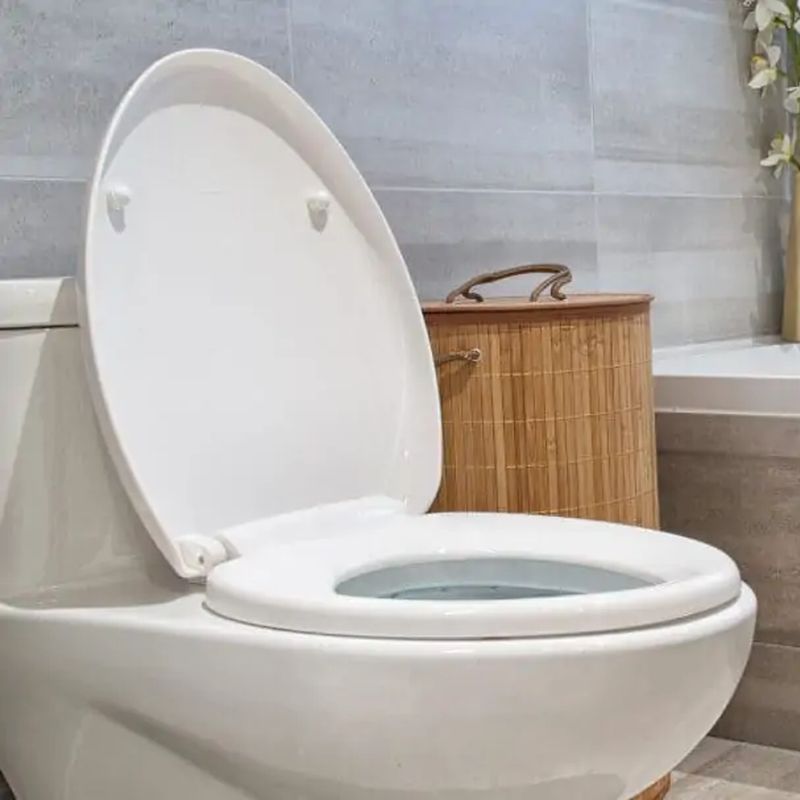 English
English
Jabra Sanitary is a sanitaryware supplier offering toilets, sinks, faucets, bathtubs, etc., at competitive prices. If you're a distributor, wholesaler, or project contractor, get a quote today!
 $23.9 Limited-time Offer
$23.9 Limited-time Offer Consignment Policy
Consignment Policy 20 Years of Experience
20 Years of Experience
In the competitive real estate market of 2025, home improvements play a pivotal role in determining property value. Among these upgrades, bathrooms are a key investment that can significantly increase the home value.
This article explores considerations before adding a bathroom, the added value of different types of bathrooms, and the popular updates to a bathroom. Besides, it examines the average cost to add a bathroom, tips for maximizing the value of an extra bathroom, and bathroom conversions versus extensions.
By learning how much value a bathroom adds, homeowners and industry professionals alike can make informed decisions that yield substantial returns.
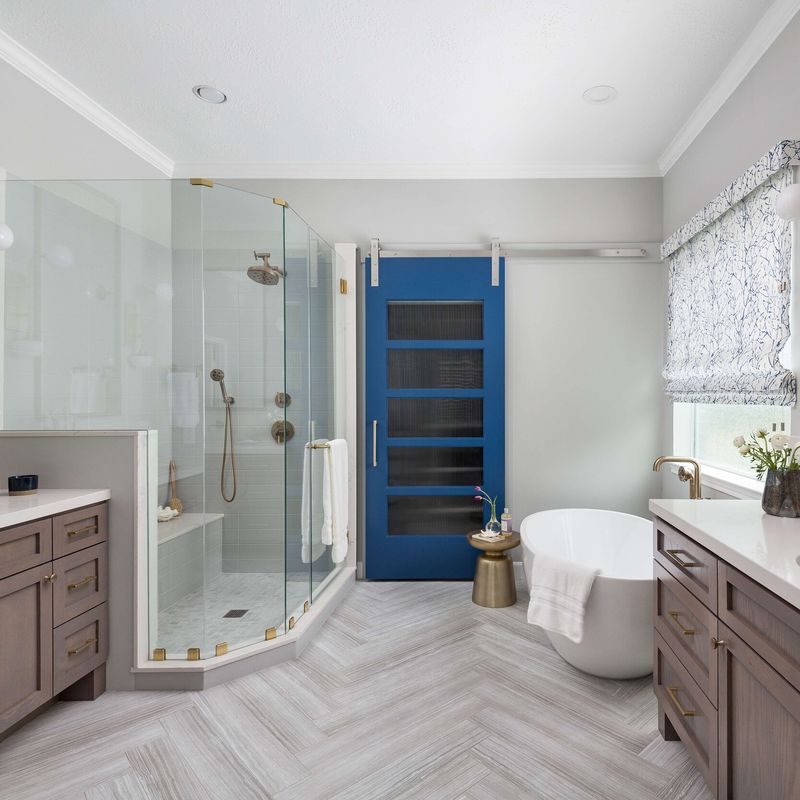
Table of Contents
What to Consider Before Adding a Bathroom
Average Added Value of a Half Bath and Full Bathroom
The Value of a 3/4 Bathroom Addition
The Popular Updates to a Bathroom to Increase the Value
The Average Cost to Add a Bathroom
Conversion vs. Extension
How to Maximize the Value of an Extra Bathroom
Is it Worth to Invest in a New Bathroom?
FAQs
Conclusion: Plan Your Bathroom Addition for Maximum ROI
What to Consider Before Adding a Bathroom
Adding a bathroom is a strategic way to boost your home's value. But it requires careful planning to ensure maximum return on investment. Here are five essential factors to consider:
Identify the Need
Before starting, determine why you're adding a bathroom. Is it to cater to a growing family, increase convenience, or attract potential buyers?
A half-bathroom for guests or a luxurious master en-suite can address different needs while enhancing your home's marketability.
Location
Choosing the right location is crucial. Look for underutilized spaces such as closets, basements, or attics that can be converted into functional bathrooms.
Keep plumbing proximity in mind to minimize construction costs. A bathroom near existing water lines can save time and money.
Budget
Define a realistic budget that includes fixtures, labor, materials, and unexpected expenses. The average cost of a new bathroom ranges between $10,000 and $25,000.
Striking a balance between quality and cost ensures long-term value without overcapitalizing.
Permits
Securing the necessary permits is a legal requirement, ensuring the addition meets local building codes. Consult with a professional contractor or architect to navigate this process smoothly. Failure to obtain permits can lead to complications when selling your home.
Design
Opt for a modern design that complements the existing layout of your home. Features like water-saving fixtures, sleek vanities, and natural lighting are in high demand. A timeless yet functional design will attract buyers and enhance daily living.
Average Added Value of a Half Bath and Full Bathroom
In the future, the addition of a bathroom can significantly increase the resale value of your home. How much value a bathroom adds depends on whether you install a half bath or a full bathroom.
But both options are lucrative investments. Here is a breakdown of the added value of the bathroom types:
Half Bath
A half bath, also known as a powder room, typically includes a toilet and a sink. It's an excellent choice for homes with limited space and serves as a convenient option for guests.
On average, adding a half bath can boost a home's value by 10-12%. The cost of installing a half bath ranges from $5,000 to $15,000, meaning the return on investment (ROI) often exceeds the initial expense.
Full Bathroom
A full bathroom, which includes a shower or bathtub, delivers even greater value. This addition can increase a home's value by 15-20%, making it particularly appealing to families or buyers prioritizing comfort.
While the average installation cost for a full bathroom is between $15,000 and $30,000, the ROI can exceed 70%.
In homes with fewer bathrooms, the impact of a full bathroom addition is even more pronounced.
By understanding the financial value of these bathroom types, homeowners can make strategic decisions to enhance both living conditions and property value.
The Value of a 3/4 Bathroom Addition
A 3/4 bathroom addition strikes the perfect balance between functionality and cost-effectiveness.
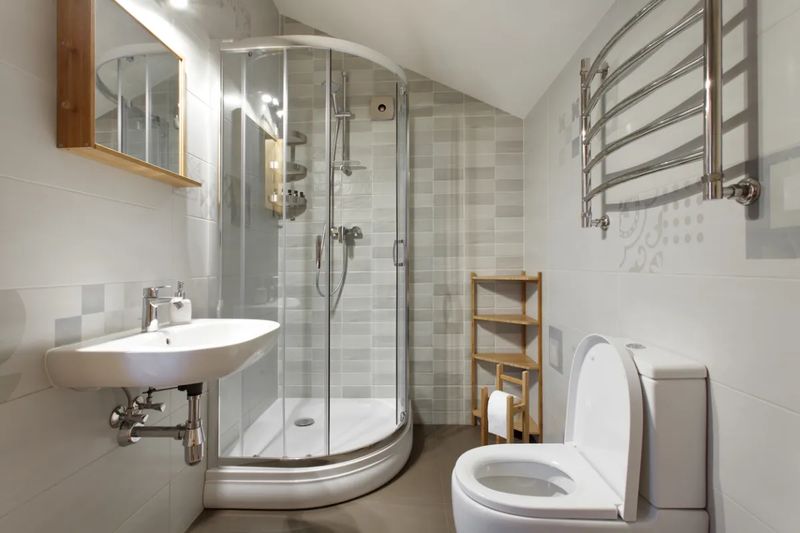
Here is the value of a 3/4 Bathroom Addition:
Enhanced Home Value
Adding a 3/4 bathroom can increase your home's resale value by 13-16%, depending on factors like location and design. For example, a property valued at $400,000 could see an increase of up to $64,000 in its market price.
This makes a 3/4 bathroom an excellent option for homes that lack sufficient bathing facilities.
Cost and ROI
The cost of installing a 3/4 bathroom typically ranges from $10,000 to $20,000, depending on materials and labor. With an average return on investment (ROI) of 70-80%, this addition is a strategic choice for homeowners looking to balance affordability with value.
Homes with shared bathrooms especially benefit from the added convenience of a 3/4 bath.
Design Trends
Modern 3/4 bathrooms incorporate space-saving layouts, water-efficient fixtures, and stylish finishes. Features like walk-in showers with glass enclosures and floating vanities are in high demand, offering a mix of practicality and elegance.
The Popular Updates to a Bathroom to Increase the Value
Upgrading your bathroom with trendy and functional features can substantially enhance its value, appeal, and usability. Whether renovating an existing bathroom or designing a new one, incorporating popular updates ensures your investment aligns with buyer expectations and maximizes resale value.
Here is how to update your bathroom in many aspects:
Tiles
Tiles are one of the most impactful design elements in a bathroom. Opt for large-format and slip-resistant tiles in neutral or earthy tones to create a modern and cohesive look.
Trending patterns, such as herringbone or geometric designs, add sophistication and value.
Ceiling
A well-designed ceiling can elevate the bathroom's ambiance. Features like moisture-resistant paint or wood paneling provide durability and style. Adding recessed lighting to the ceiling further enhances its aesthetic.
Lighting
Proper lighting transforms a bathroom's functionality and mood. Combine ambient lighting with task lighting around mirrors for practicality.
Smart lighting systems with adjustable brightness are a popular choice.
Vanity
A stylish vanity serves as the centerpiece of a bathroom. Floating vanities are highly desirable, as they save space and offer a sleek and contemporary feel.
Storage
Innovative storage solutions increase a bathroom's functionality. Wall-mounted cabinets, built-in niches, and vanity drawers with organizers help declutter the space while adding value.
Flooring
Durable and attractive flooring is a must. Choosing the right flooring material, such as porcelain tiles, luxury vinyl, or water-resistant hardwood, ensures the floor can withstand daily wear and tear, moisture exposure, and foot traffic.
It is a key feature for both comfort and resale value.
Toilet
Smart toilets with features like bidets, heated seats, and self-cleaning mechanisms are in high demand. These upgrades align with the emphasis on hygiene and convenience in the future.
Shower
Walk-in showers with frameless glass enclosures are a major trend. Enhance the shower experience with rainfall showerheads, body jets, or digital controls for temperature and pressure adjustments.
Heated Floors
Underfloor heating is a luxurious yet practical addition. It ensures comfort during colder months and adds a premium touch, making your bathroom stand out in the market.
Bathtub
Freestanding bathtubs continue to be a symbol of luxury. Soaking tubs in modern shapes, such as oval or slipper designs, are particularly attractive to buyers seeking a spa-like experience.
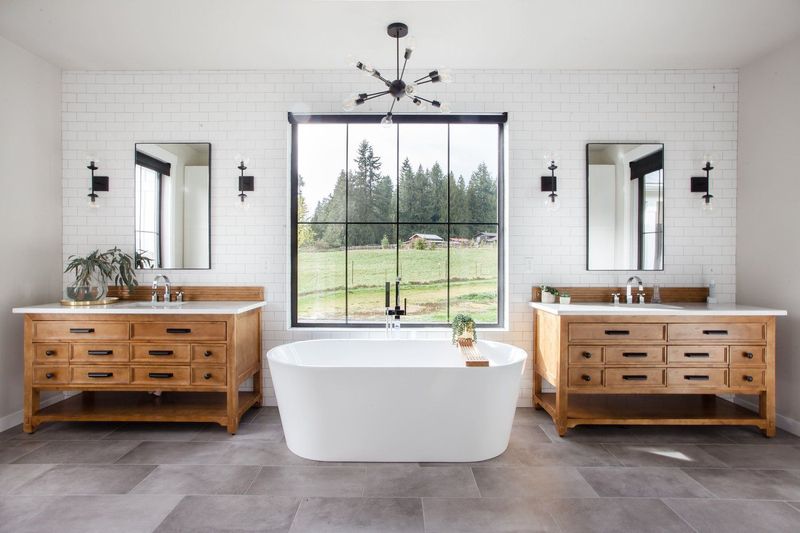
Countertop
Quartz and granite countertops are the dominant bathroom design in the near future due to their durability and elegance. These materials are scratch-resistant, easy to maintain, and available in various styles.
Faucets
Sleek and high-quality faucets with finishes like brushed nickel, matte black, or gold add a modern and luxurious touch. Touchless faucets, offering convenience and hygiene, are increasingly popular.
Ventilation
Proper ventilation is essential to prevent moisture buildup and mold. Install energy-efficient exhaust fans with features like humidity sensors for optimal performance.
The Average Cost to Add a Bathroom
Adding a bathroom is an investment that can substantially increase your property's value. However understanding the costs involved is crucial for proper budgeting.
The total expense depends on factors like the bathroom type, location, materials, and labor.
The cost of adding a new bathroom typically ranges between $10,000 and $30,000. Here's a breakdown by type:
Half Bath: Adding a half bath (toilet and sink) costs around $5,000 to $15,000, making it a budget-friendly option for smaller spaces. <Small bathrooms with bathtub>
3/4 Bath: A 3/4 bath (toilet, sink, and shower or tub) averages $10,000 to $20,000, striking a balance between space efficiency and utility.
Full Bath: Installing a full bath with a shower, tub, sink, and toilet typically costs $15,000 to $30,000, depending on luxury features.
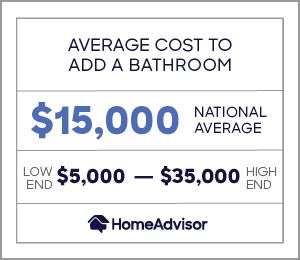
There are additional factors affecting the average cost to add a bathroom:
Plumbing: Proximity to existing plumbing lines can significantly reduce costs.
Materials and Finishes: Premium materials like quartz countertops and frameless glass showers increase expenses but boost value.
Labor Costs: Professional installation ensures code compliance and quality but adds to the overall budget.
Conversion vs. Extension
When adding a bathroom, one of the most important decisions homeowners face is whether to convert an existing space or build an extension.
Both approaches offer unique advantages and disadvantages. Here is a breakdown:
Conversion
Cost: Conversions are generally more cost-effective, with expenses typically ranging from $5,000 to $20,000. It depends on the space and finishes. This is because the structure and plumbing of the home are already in place, reducing labor and material costs.
Space Utilization: Conversions make use of underutilized spaces, increasing the functionality of your home without altering its footprint.
Time Efficiency: Since conversions require less construction work, they are quicker to complete compared to extensions.
Limitations: Space constraints in the chosen area may limit the size and design features of the new bathroom.
Extension
Cost: Extensions are more expensive, with costs ranging from $20,000 to $50,000. This is because they involve new foundations, walls, roofing, and additional plumbing.
Customization: Extensions provide greater freedom in design. They allow for larger bathrooms with luxurious features such as freestanding tubs or walk-in showers.
Added Value: Homes with well-executed extensions often see higher increases in property value due to the addition of square footage.
Time and Permits: Extensions require more time to complete and often involve navigating zoning regulations and permits.
Ultimately, the choice between conversion and extension depends on your budget, available space, and long-term goals. Both options, when executed well, can significantly enhance your home's value.
How to Maximize the Value of an Extra Bathroom
Maximizing the impact, strategic planning, and thoughtful design of an extra bathroom help make it a key asset in 2025's competitive real estate market.
Here are key tips to ensure your new bathroom achieves the highest possible return on investment (ROI).
Prioritize Functionality
Tailor the bathroom's purpose to your home's needs. For instance, a half bath near the living area is perfect for guests, while a full bathroom or en-suite caters to families or busy households. Ensure the layout is efficient with a focus on ease of access and comfort.
Choose Timeless Designs
While modern trends are appealing, timeless designs ensure long-term value. Neutral color palettes, high-quality materials, and classic fixtures maintain their appeal for years, making your bathroom universally attractive to potential buyers.
Upgrade Fixtures and Features
Invest in high-end and water-efficient fixtures such as low-flow toilets, touchless faucets, and energy-efficient lighting. Consider adding luxury features like heated floors or a rainfall showerhead to create a spa-like experience.
Maximize Storage
Incorporate practical storage solutions such as built-in shelves, vanity drawers, or wall-mounted cabinets. A clutter-free bathroom enhances usability and appeal.
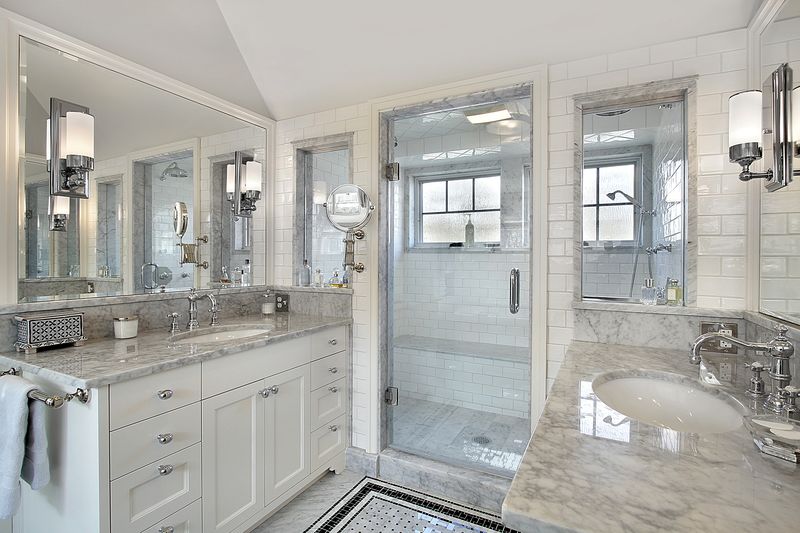
Ensure Proper Ventilation
A well-ventilated bathroom prevents moisture buildup and mold, safeguarding the space's longevity and aesthetics. Install a high-quality exhaust fan with humidity sensors for optimal results.
Is it Worth to Invest in a New Bathroom?
Investing in a new bathroom can offer substantial returns.
Well-designed bathrooms can enhance the attractiveness of the house. High-quality sanitary ware has many practical appliances. Energy-saving products can also attract environmentally conscious home buyers.
Beyond resale value, the personal satisfaction that comes with a stylish and functional bathroom is a major draw. It transforms a utilitarian space into an oasis of relaxation, improving your daily living experience.
With the availability of affordable financing and numerous design options, a bathroom upgrade is a worthy investment.
FAQs
Here are some commonly asked questions about adding a bathroom to a house and its value:
1) Is it hard to add a bathroom to a house?
Adding a bathroom can be challenging, but it's certainly feasible with proper planning. The complexity depends on factors such as plumbing, space availability, and local building codes.
While the project may involve considerable time and expense, working with experienced contractors can streamline the process and help avoid potential roadblocks.
2) What type of addition adds the most value to a home?
Kitchens and bathrooms are typically the most valuable home additions. A bathroom upgrade, particularly a new master suite or high-end finishes, can increase a home's market value significantly.
However, adding extra bathrooms where needed (e.g., a half-bath or en suite) also adds considerable appeal to prospective buyers.
3) Does the type of bathroom affect the value added?
Yes. Luxury upgrades, such as spa-like features or energy-efficient installations, can increase your home's value more than a basic remodel.
Features like a double vanity, high-end fixtures, and custom tile work add desirability and appeal.
4) Does the location of the bathroom within the home matter?
Yes, the location of a bathroom affects both convenience and resale value. For instance, en suites in the master bedroom or additional bathrooms near guest rooms are highly desirable. Proximity to main living areas or bedrooms increases functionality and appeal.
5) Are there any other tips when adding a bathroom to increase home value?
Prioritize the primary bathroom: A luxurious master bathroom can greatly enhance your home's marketability.
Craft a suite experience: Consider creating a cohesive and spa-like experience with elegant design elements and high-quality materials.
Stick to neutral colors: Neutral palettes appeal to a wide range of buyers and create a timeless and inviting space.
Explore the bathroom/laundry room combo: For smaller homes, combining a bathroom and laundry area maximizes space and utility.
Consider a free-standing tub: A stylish free-standing tub adds elegance and luxury.
Conclusion: Plan Your Bathroom Addition for Maximum ROI
Can you add a bathroom to a house? The answer is yes. When adding a bathroom, strategic planning is key to maximizing return on investment (ROI). Think carefully before adding a bathroom.
Then focus on modernizing key elements for different bathroom types to create a functional yet luxurious space. Don't forget to consider the cost and value maximization.
Follow the guide and you will benefit from the bathroom value added. If any problems while adding a bathroom, please contact us!







